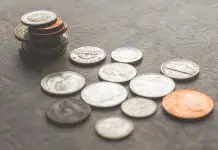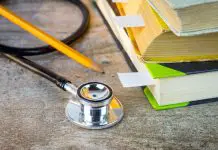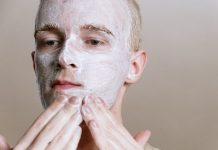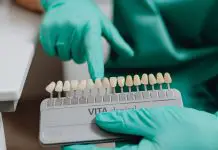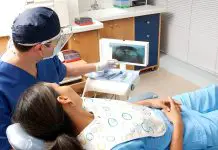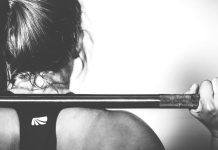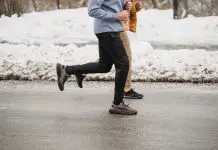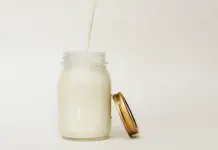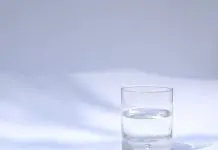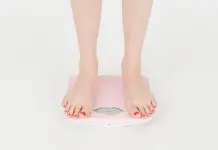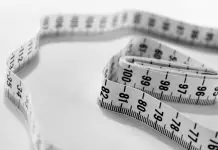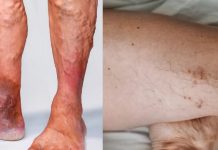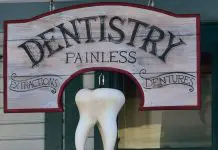Overview, Causes, & Risk Factors
A broken or dislocated jaw is an injury in which the jaw is cracked,broken, or moved out of position.
What are the causes and risks of the injury?
A dislocated jaw can occur when the mandible, the lower bone of thejaw, is displaced from the temporomandibular joint, or TMJ. The TMJ is the jointbetween the jaw and the skull. When the jaw is broken, it usually breaks in 2areas: at the site of injury and on the opposite side of the jaw. Another bone of the jaw is the maxilla, which contains the upper teeth.When this bone is broken, there are usually other fractures in the face.
The most common causes of a broken or dislocated jaw are sports injuries,industrial accidents, and motor vehicle accidents. A person can also get adislocated or broken jaw by being punched in the face.
Symptoms & Signs
What are the signs and symptoms of the injury?
The signs and symptoms of a broken or dislocated jaw include:
Diagnosis & Tests
How is the injury recognized?
The healthcare provider will often suspect a broken or dislocated jaw duringthe physical examination of the person. An X-ray can be done to identify thebroken bone or dislocation.
Prevention & Expectations
What can be done to prevent the injury?
Most injuries occur when the proper protective gear is not worn. Sports safetyguidelines should be followed for children, adolescents, andadults.
It is also important to stay alert and attentive during high-risk sports, whiledriving a motor vehicle, and while at work. Medications that slow reflexes orcause drowsiness increase the riskofaccidents during these activities. Illegal drugs and alcohol should be also be avoided.
Treatment & Monitoring
What are the treatments for the injury?
A broken or dislocated jaw requires immediate medical attention. Some peoplewith jaw fractures will have bleeding and difficulty breathing. Other first aidsteps include the following:
What are the side effects of the treatments?
Treatment for a dislocated or broken jaw is often painful. If wiring is done,a person could vomit and choke on the vomited material. For this reason, peopleare nearly always given wire cutters.
Infection of the gums and bone where the wires are placed is also possible. Alesser concern is weight loss andlack of nutrition because of the difficulty of chewing food while the jaws are wired shut.High-calorie shakes and foods that do not require chewing can be used.
What happens after treatment for the injury?
After the jaw has been repaired, the person should be particularly careful whenyawning and sneezing. If the jaw is broken, soft foods should be eaten.
It is important to make sure that risky situations are avoided to prevent theinjury from happening again. Once the jaw has healed and the wires have beenremoved, some people will experience pain in their temporomandibular joint, orTMJ. A healthcare professional can prescribe pain medications and exercises to help reduce pain.
Article type: xmedgeneral









